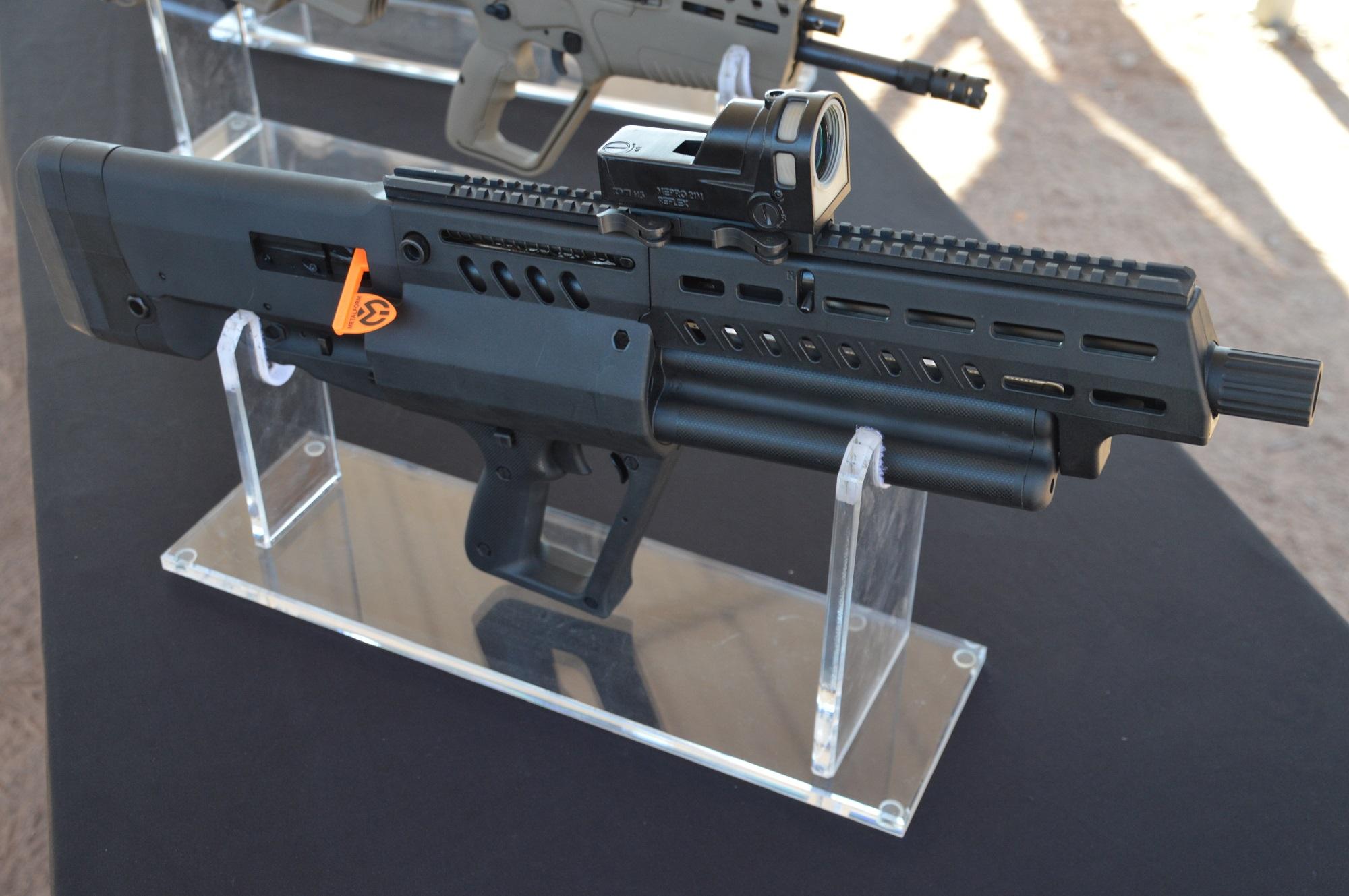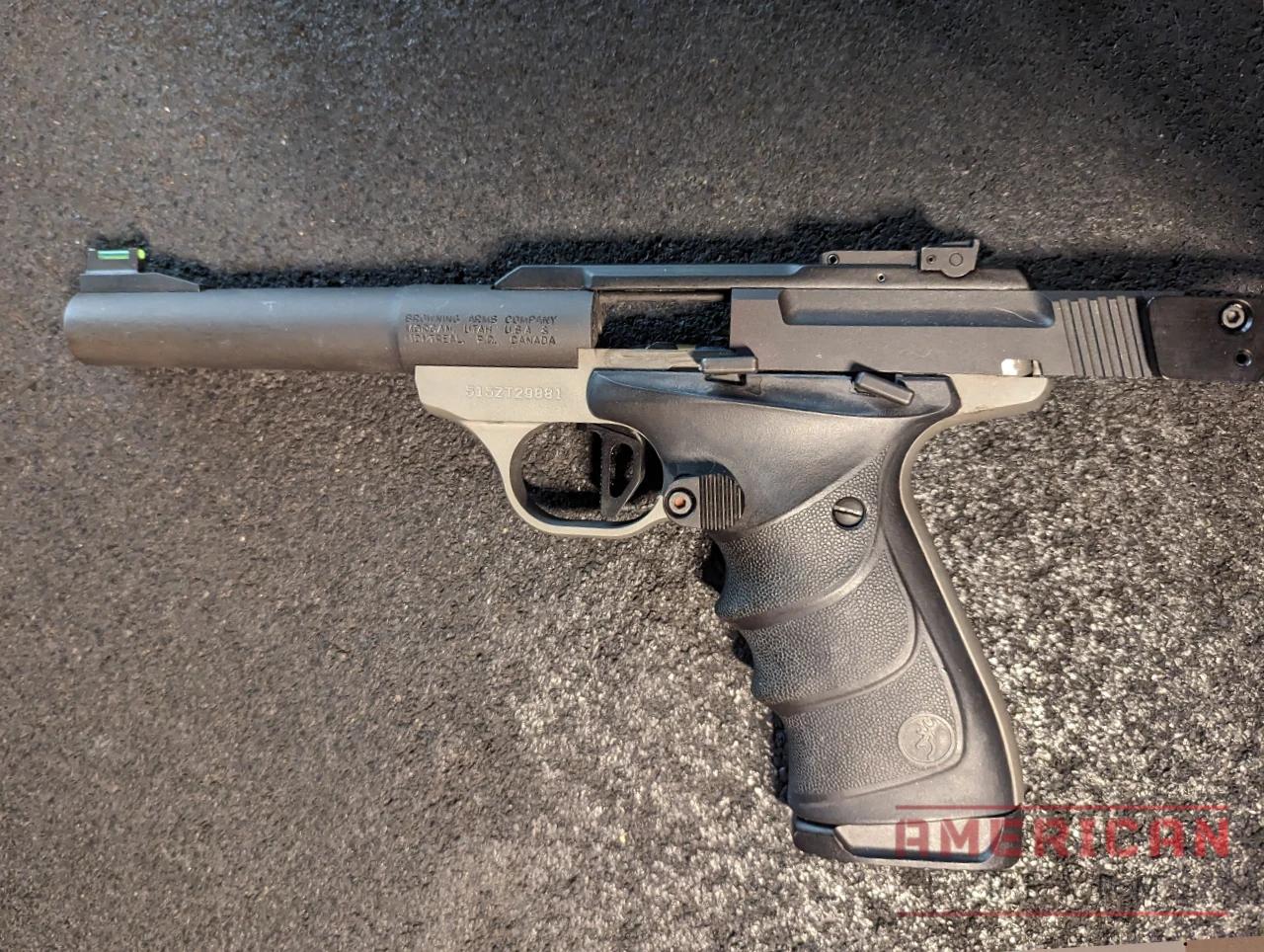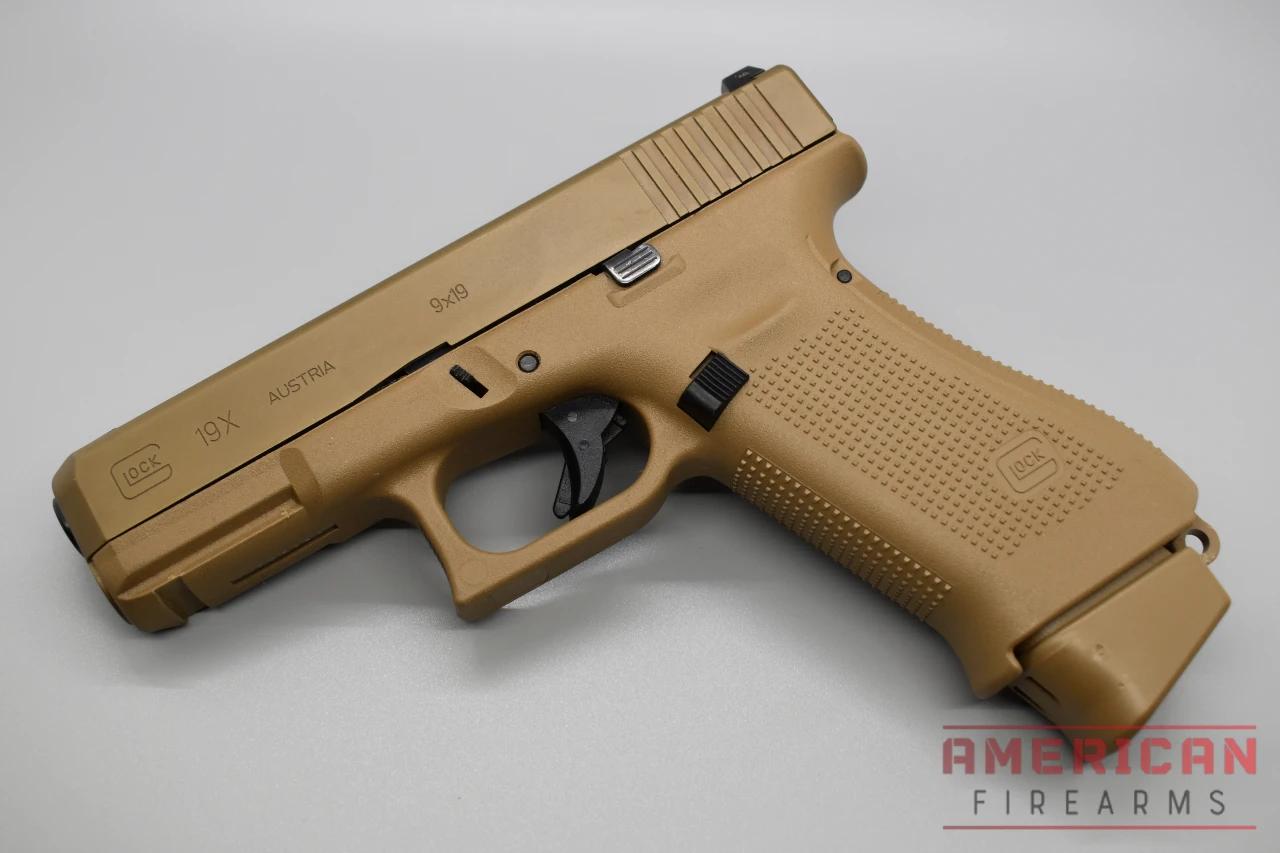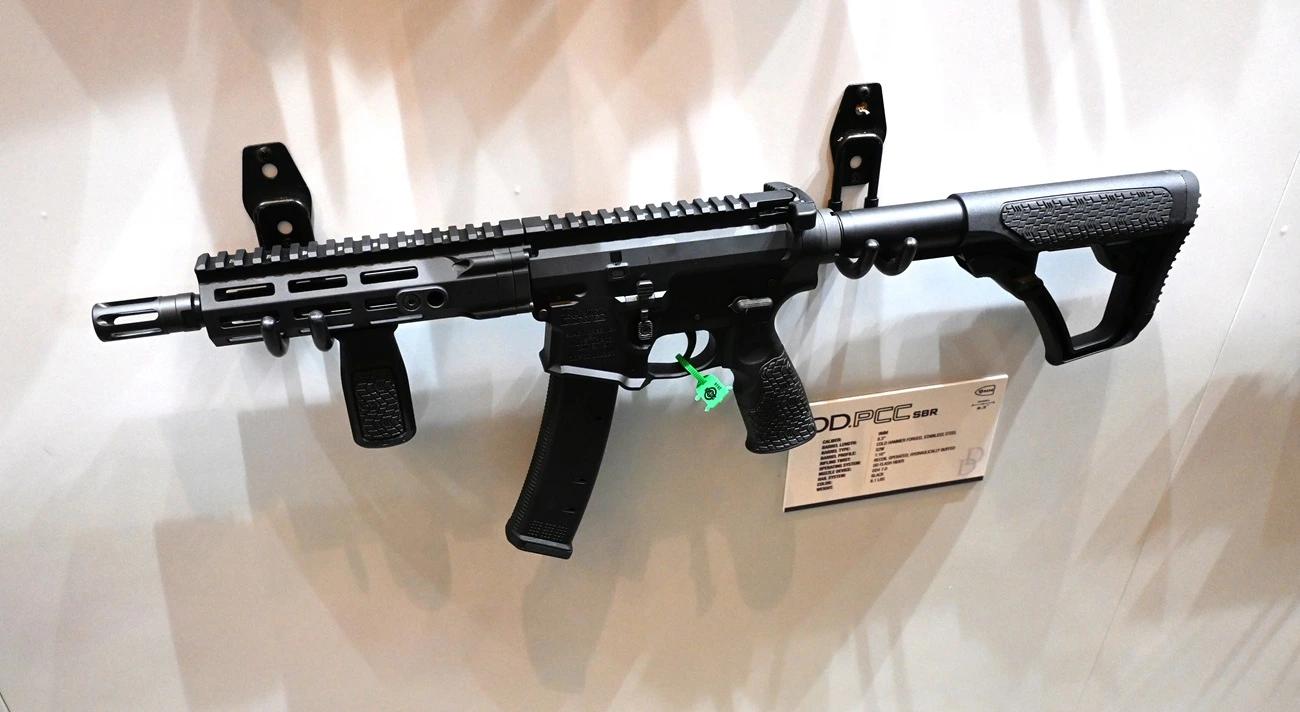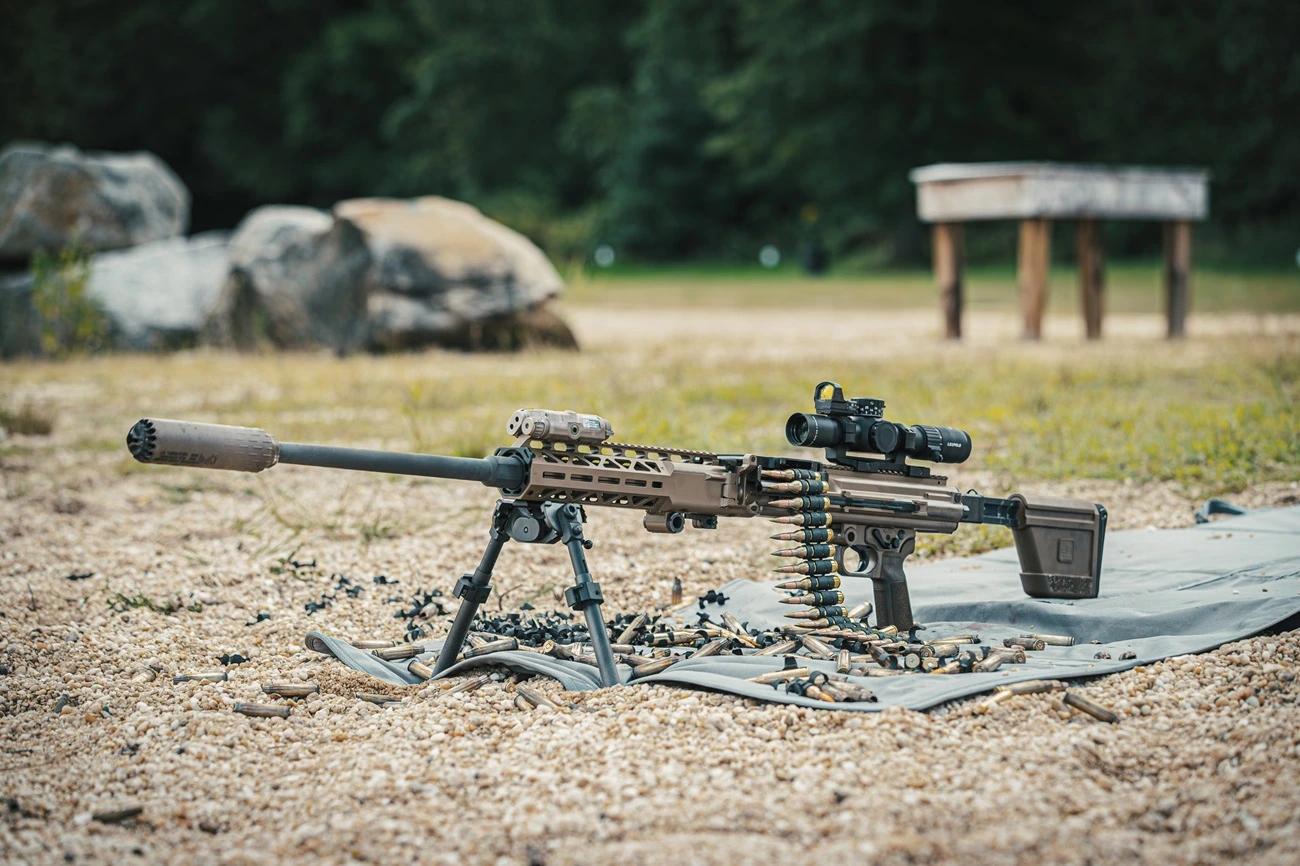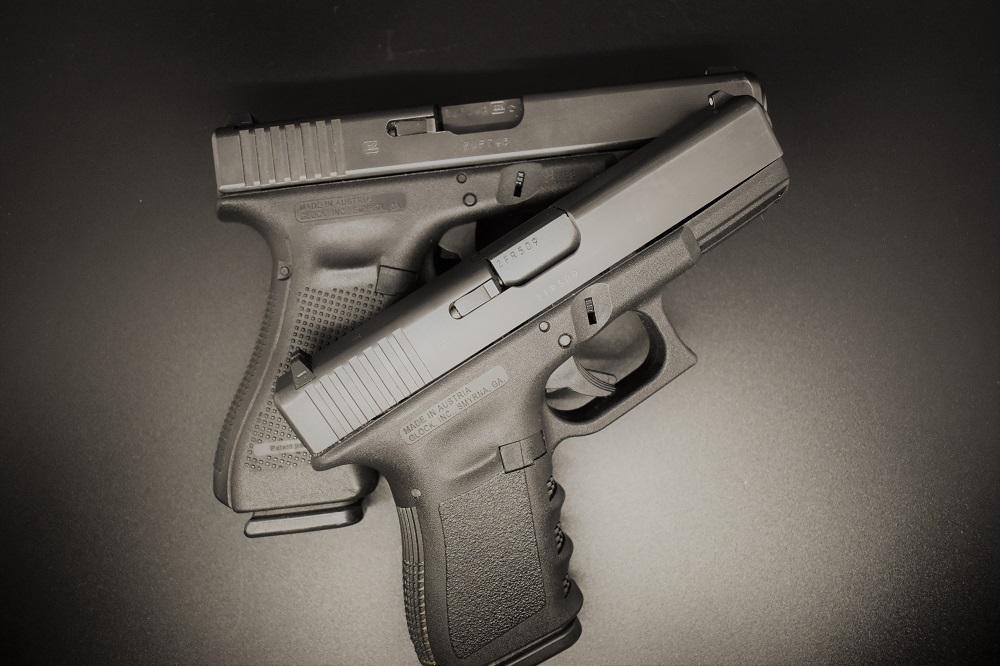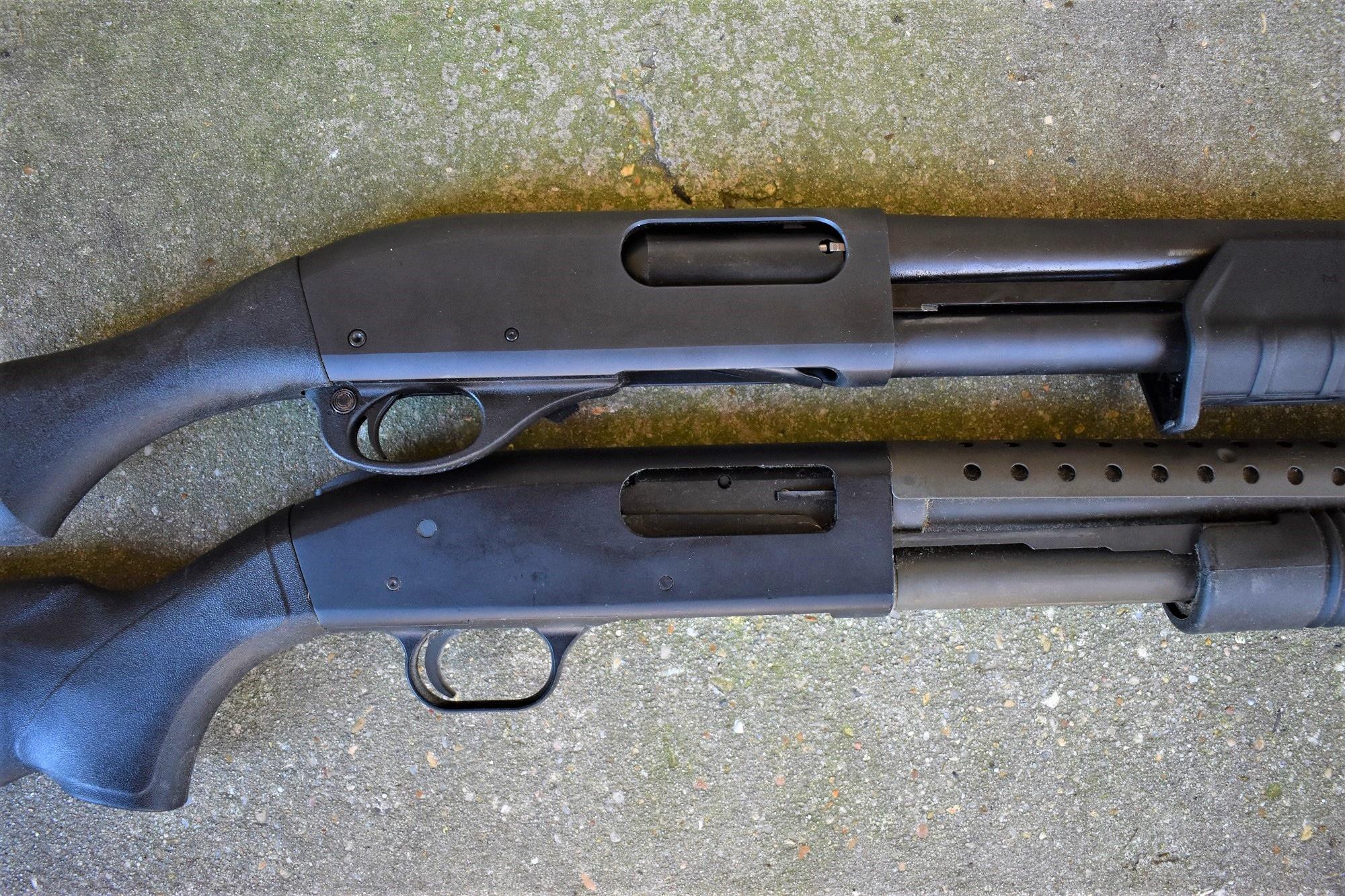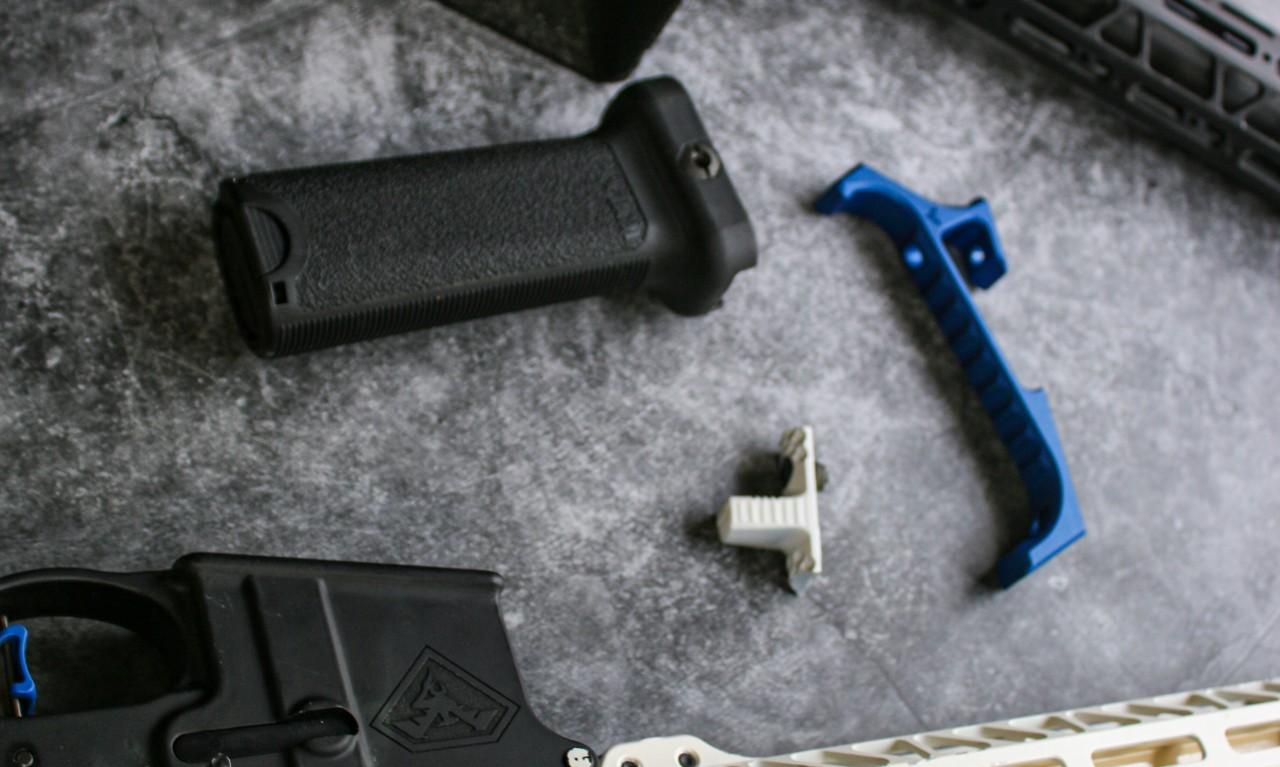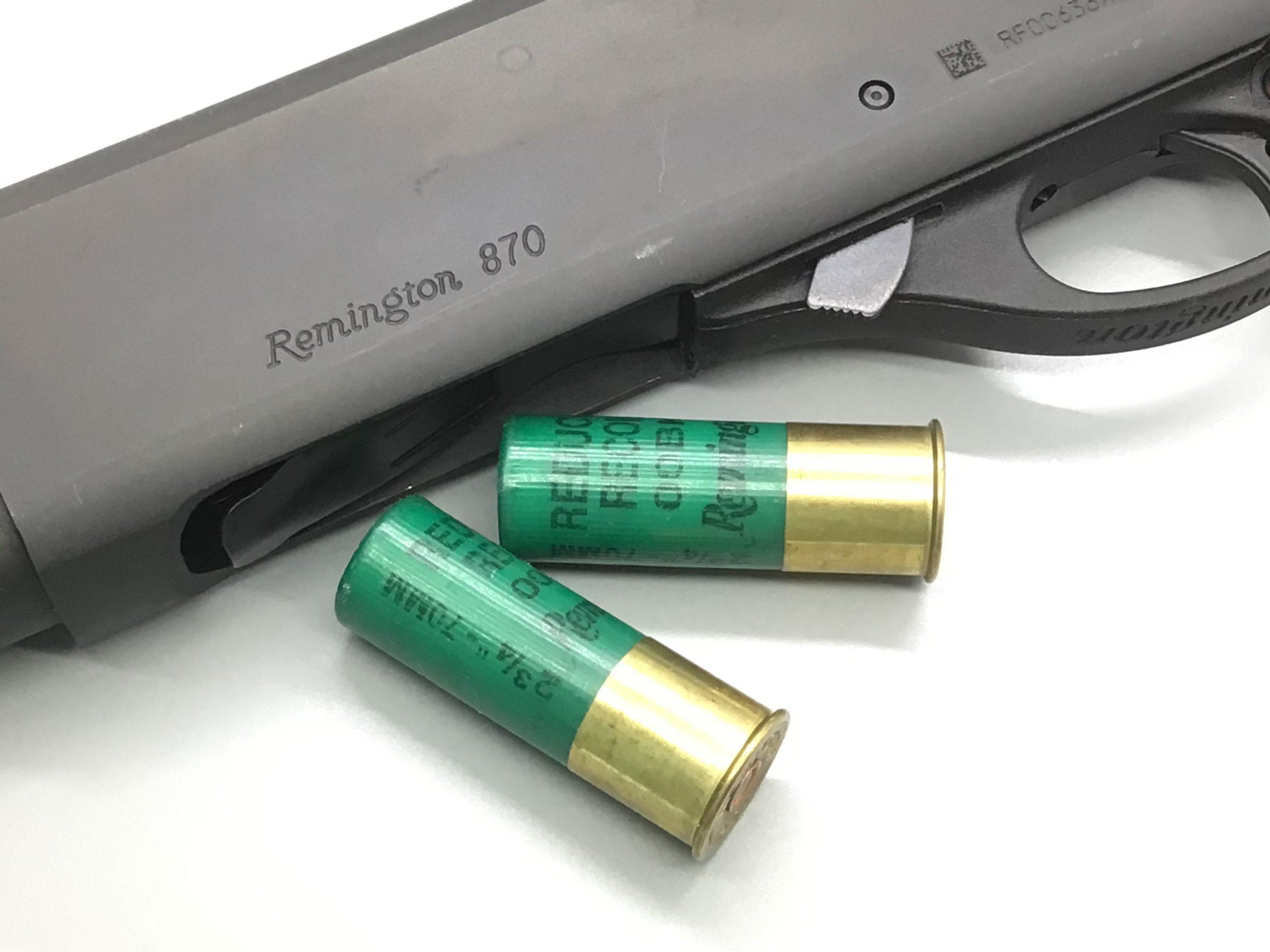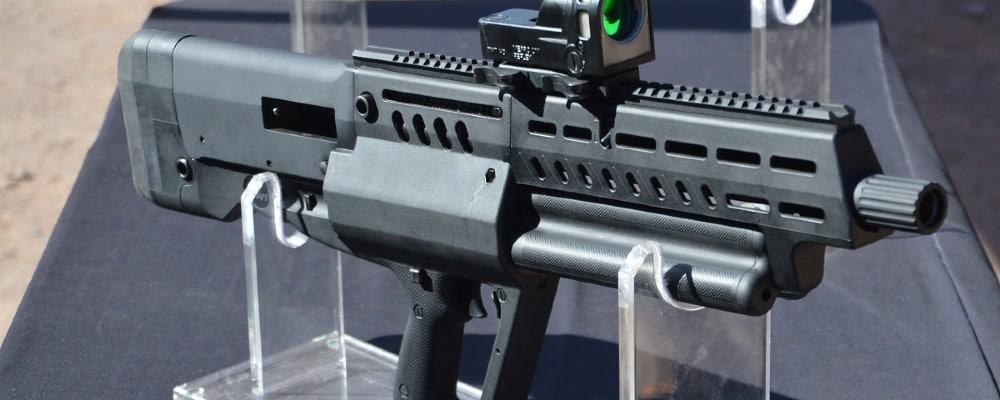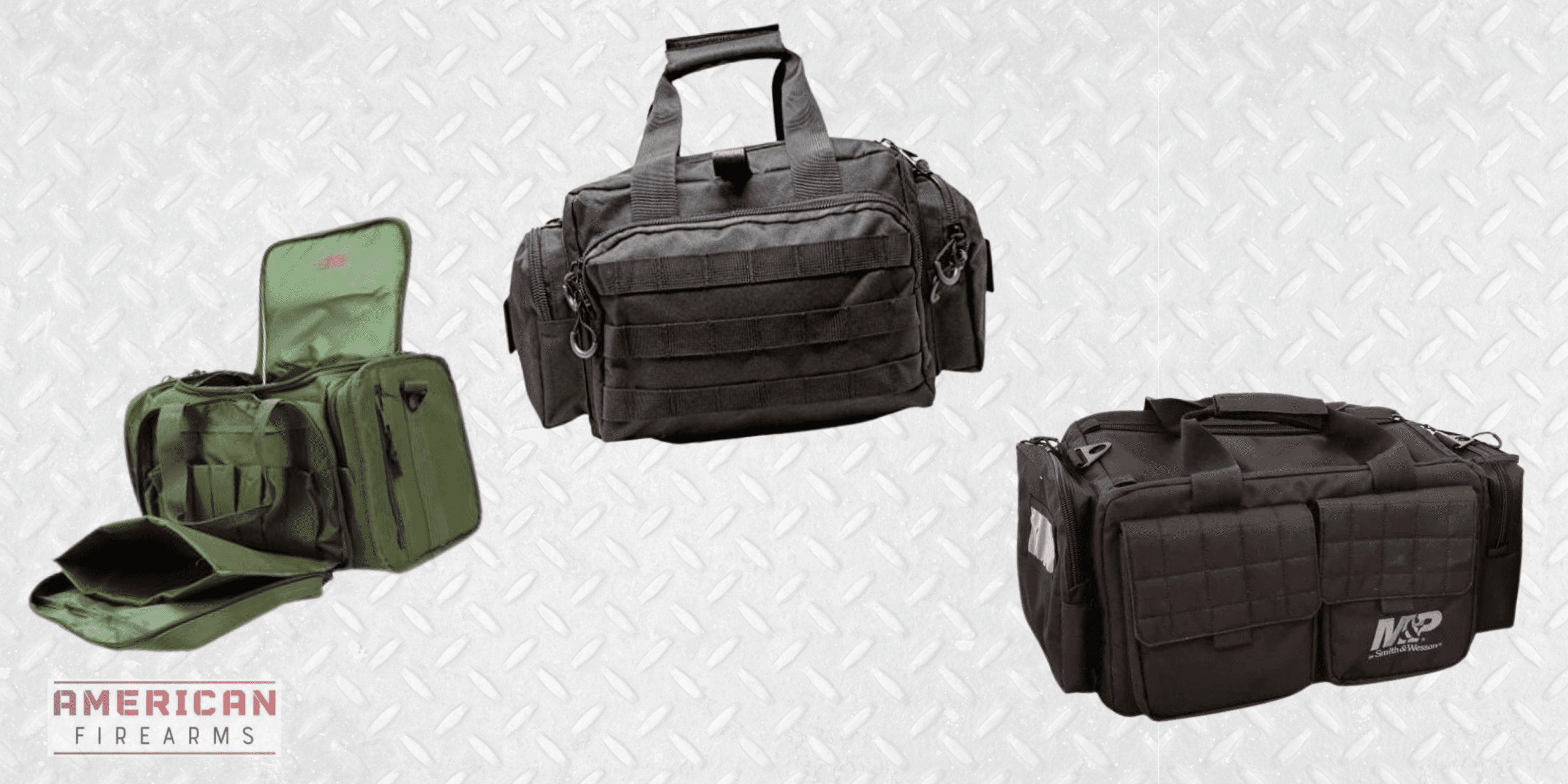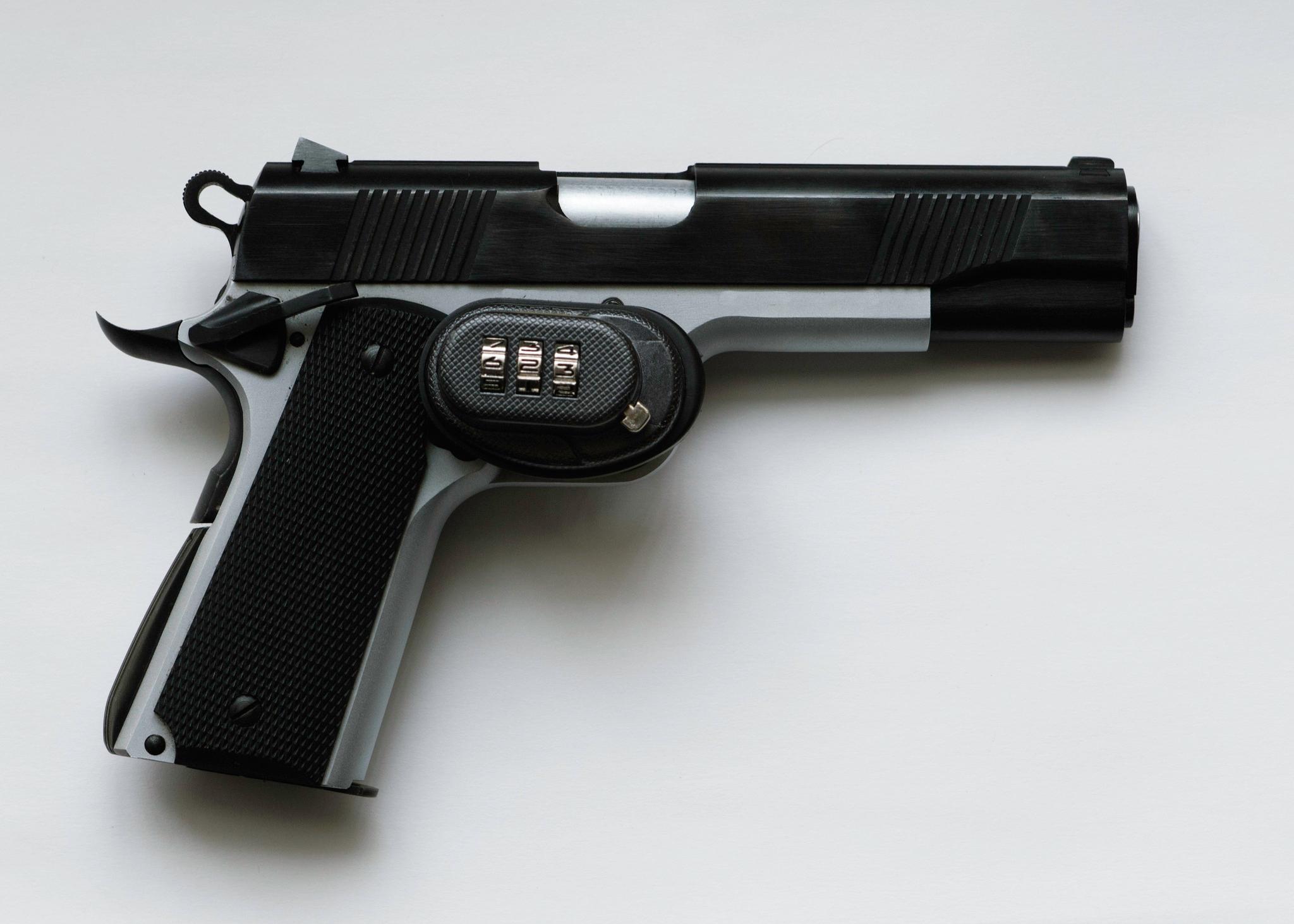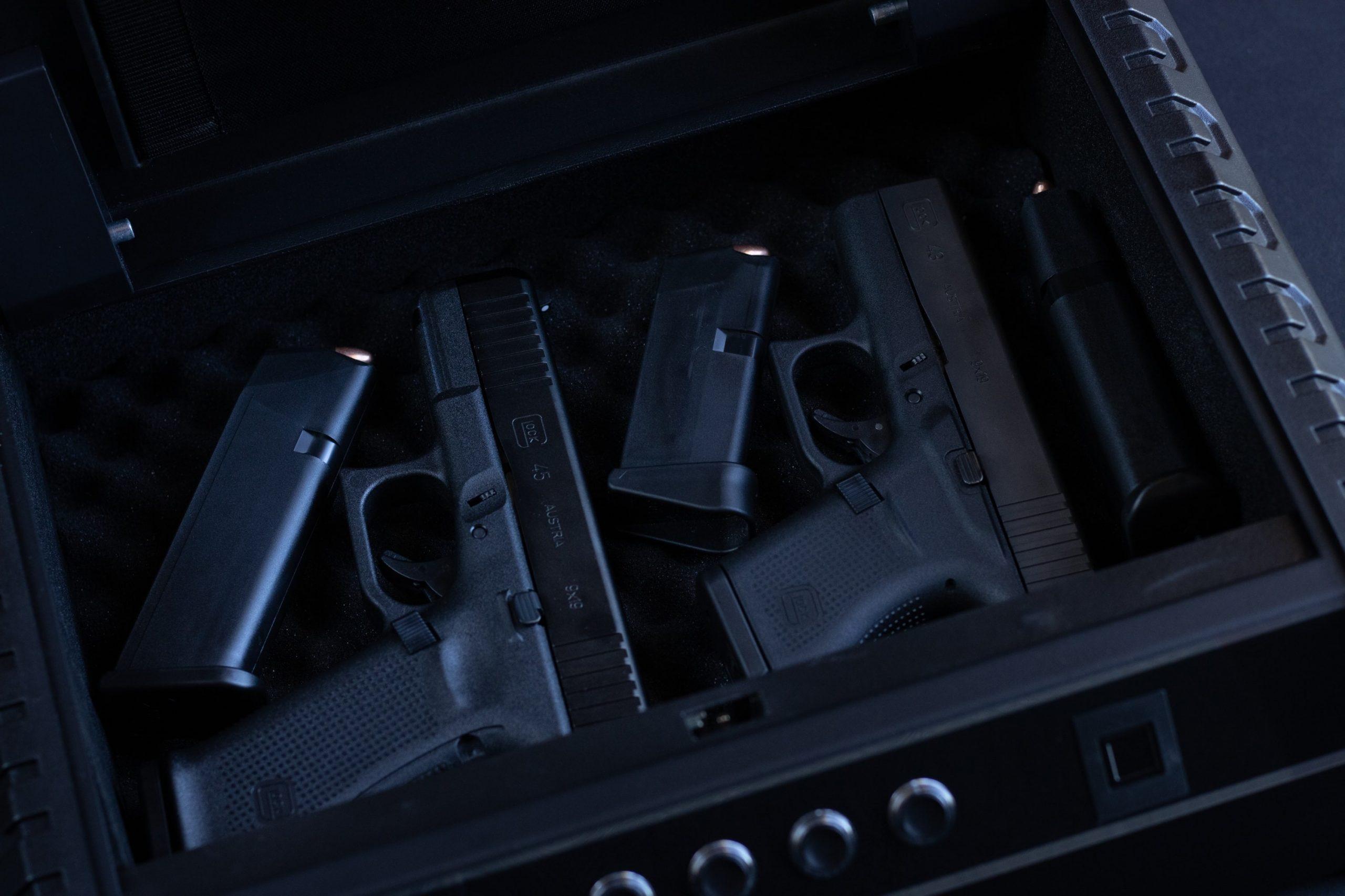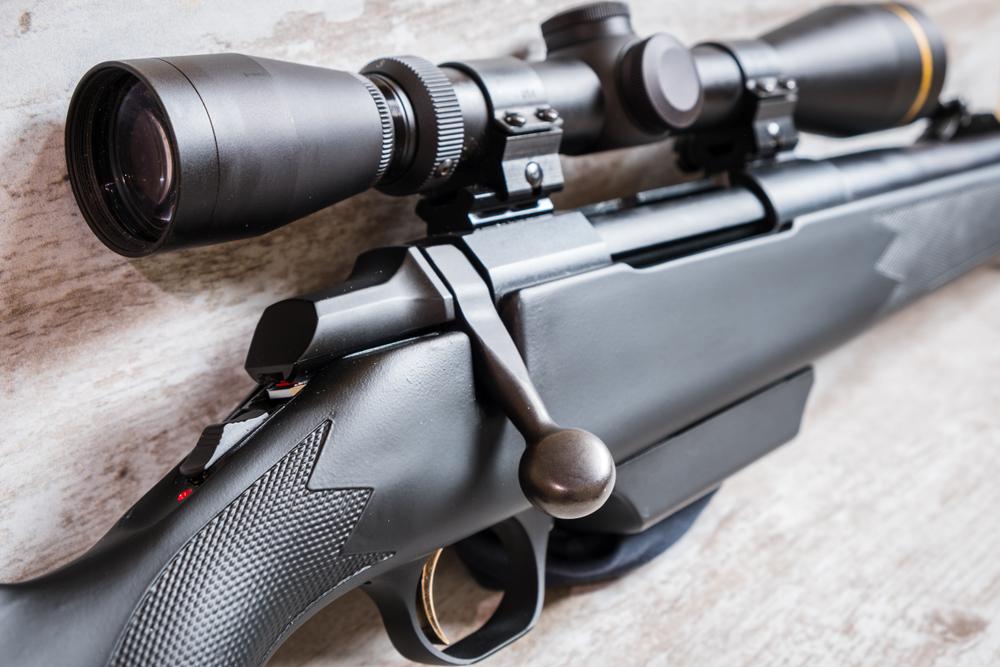AR Gas Systems Explained: Pistons, Ports, & DI Glory
Written By
Michael Crites
Licensed Concealed Carry Holder
Reviewed by
Editorial Team
Learn About The Editorial Team
Share:
Products are selected by our editors. We may earn a commission on purchases from a link. How we select gear.

Updated
Jan 2023
Every autoloading AR-15 has an action that is gas-operated, meaning it uses exhaust gases from the spent propellant to work the bolt.
To help clarify this often murky ground we’ll cover the world of gas systems, how they work, and the realities of ports and gas system lengths.
In This Article
DI vs. Piston Systems
Many moons ago, AR engineers settled on a small port drilled in the barrel to power gas-operated firearms. This little hole bleeds gas from behind the bullet as it speeds down the barrel and feeds it into the gas system to power the action.
Two methods used to manage these gas systems are direct impingement (DI) and the piston system.
The piston-based approach is, believe it or not, the older of the two, having been deployed on battle rifles such as the M1 Garand, in which the piston does double duty as the operating rod, which cams the bolt lugs, pushes the bolt back, forward, and cams it closed again.
With pistol guns, the gas hits the end of the piston and the rod itself actuates the bolt. The AK-47 uses a similar approach, with the piston and operating rod working like the Garand, except in the case of the Kalash the rod is above the barrel rather than below it.
With direct impingement (or DI) systems, there is no piston. Gas is directed from the barrel through a tube (the gas tube, no less), and pressurizes the carrier once it reaches the receiver.
That pressure hits the carrier’s gas key and blows the carrier off the gas tube to start the cycle.
TLDR;
- Direct Impingement: while the direct impingement system, or DI, is the system that Eugene Stoner first used on his AR in the 1950s and remains standard for the AR today, piston systems are a more recent addition to the gun’s history. In Stoner’s original system, gas is bled from the barrel through a tube into the bolt carrier group’s gas key to cycle the action.
- Gas Piston Rifles: In a gas piston system, the gas is still funneled from the barrel, but instead of running down a tube to push the gas key, it drives a piston which pushes an operating rod into the bolt carrier group to work the action.
Which is better?
Piston systems are inherently cleaner, as the gas doesn’t enter the chamber in the same volume as in a DI system. This can keep an AR running much longer in high-use situations as it both runs “cooler” and doesn’t fill the chamber with burnt propellant and carbon fouling with every round.
On the downside, piston systems add an op rod and spring to the gun in addition to the piston itself, all of which can break or malfunction, and these extra bits can impact accuracy.
They also are more expensive on average and require a piston-specific BCG and larger gas block, which can get rather hot (much hotter than DI systems). Plus, if you want to run a can on your rifle, a piston will be louder when suppressed due to the way they bleed gas out of the forward gas block.
In contrast, DI systems are common, known, reliable, and universal to the type as long as the same gas system length is retained. They also easily maintained and parts are widely available.
DI systems don’t add any extra weight to the barrel and which can make them easier to aim and use.
So, is there, like, a winner?
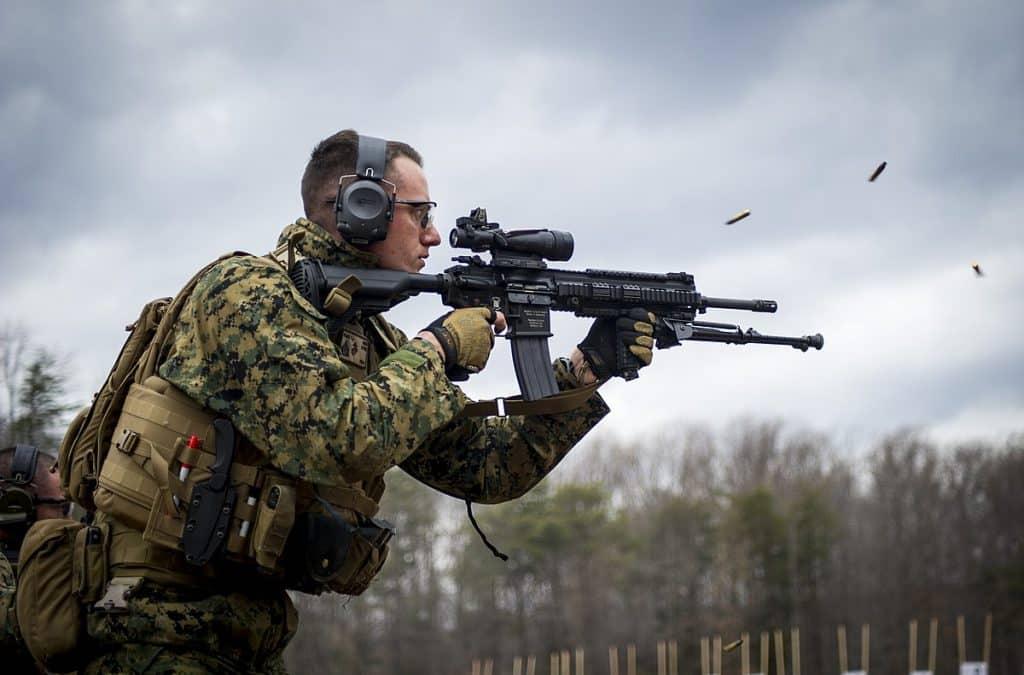
Taking a look at the topic from the perspective of users, it’s still rather unclear.
The Marine Corps adopted the M27 (a piston-driven version of the HK416) back in 2010 but the rest of the forces stick with the M16, M4 and all those well-worn DI variants.
Whether all known rifles are replaced with some kind of energy weapon in the near future is to be seen, so whether you’re rocking a DI or piston gun, make sure you familiarize yourself with the length of its gas system if you ever plan on ordering replacement parts successfully. Which brings us to…
Gas Ports & System Lengths

On Port Sizing & Location
The location of a port on the barrel determines the port diameter, with a larger port bleeding off more gas. The gas pressure behind a bullet is higher closer to the chamber, as the gasses have less time and room to expand, which brings us to the topic of dwell time.
Gas from a fired round will pressurize the system once it passes the post until the bullet leaves the bore. The amount of time a bullet spends between the gas port and the muzzle is called “dwell time.”
AR makers have to take dwell time into account when determining the correct port diameter to use, but curiously there are no fixed port sizes (with “The Right Port Size” a topic that is a bottomless pit of online argumentation, FWIW.)
The key point here is that gas system length will impact port location and sizing.
Gas System Lengths
From longest to shortest, AR gas system lengths are generally defined as: Rifle, Mid, Carbine, and Pistol length. Gas systems lengths are defined by the distance from the gas port to the chamber.
- Rifle Length Gas Systems: A rifle length gas system is the original system length, places the gas port approximately 12 inches from the chamber, and is optimal for 18- and 20-inch barrels. This system will provide the softest-recoiling operation.
- Mid-Length Systems: A mid-length gas system places the gas port about 9 inches from the chamber and was brought aboutbecause many shooters want to run 16- or 18-inch barrels but carbine systems proved too jarring. Mid-length systems will shoot softer than a carbine but not as plush as the rifle system.
- Carbine-Length Sytems: To run barrels under 16 inches, the gas port was moved back, which means a shorter gas tube and snappier action. A carbine gas system gas port is roughly 7 inches from the chamber.
- Pistol Length Systems: Pistol length systems place the gas port around 4 inches from the chamber and are designed for barrels under 10-inches.
A shorter gas system will shuttle more pressure into the action. Carbine gas systems are proven and reliable due in part to the fact they provide enough pressure to cycle the bolt even with carbon buildup and debris. That higher pressure will, however, contribute to a sharper recoil impulse.
The key to ensuring an AR can cycle properly is the mix of barrel length, gas post size, caliber, and dwell time. Dwell time is defined as the amount of time a bullet spends in the barrel once it passes the gas port. This is critical because pressure builds from expanding hot gas, which is passed back through the gas tube to cycle the bolt.
If the dwell time is too long you risk an over-gassed AR that will cycle aggressively, cause excessive wear, and more recoil than necessary. If there’s insufficient dwell time — owing to a barrel that doesn’t have enough room for the necessary pressures to build, will cause short-stroking, which will make for one hell of a frustrating range day.
The mystery of making Eugene Stoner’s original DGI gas system of operation work properly over the years has been muddled by follow-on generations of AR gas systems of various lengths to fix assorted issues.
Shortcomings of the AR gas system
In a nutshell, the nature of using hot, spent gasses from fired rounds to cycle the action means the systems need maintenance (not something that was shared with the boys in Vietnam when the M-16 first made its debut.) It was famous for jamming from the mix of nasty conditions and a lack of maintenance More on that later..
An under-gassed (or under-maintained) AR-15 will cause short-stroking of the bolt and result in jams or failures, as well as the user taking brass to the face. A shortcoming like this cost far too many boys their lives on the front line when the forward assist turned a jam into a useless 1-shot rifle.
The AR gas system
A properly gassed AR hums like a sewing machine and eject brass almost directly to the right of the gun’s port.
Over-gassed guns will kick brass well forward of the ejection port and lead to more fouling in the action, making the gun run dirtier (and taking more time to collect your brass if not using a brass catcher.)
While you wouldn’t want to use the same gas system on every weapon — a pistol will need a different approach than a short barreled rifle, not to mention pistol caliber carbines — the important thing is to gas your firearm sufficiently using the appropriate mix of barrel length, gas system length and gas port diameter
Gas Blocks
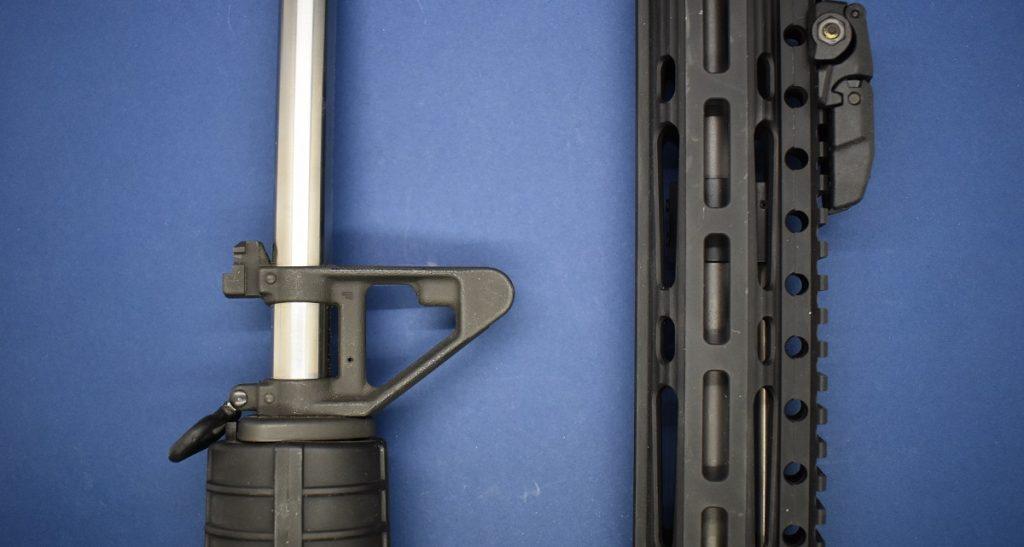
The intersection of the AR-15’s gas operating system is the gas block. Positioned and aligned securely over the gas port at the top of the barrel, it joins the gas tube, then bleeds gas back to the BCG. There are four different types of gas blocks: adjustable, front sight, low-profile, and railed.
- Adjustable, most used with piston guns, can be tuned by the user, typically with an Allen wrench. This can be advantageous as it allows the gun to be dialed to run reliably across various loads and when using a suppressor.
- Front sight (or FSBs) are the “old school” one-piece fixed unit with the forward-leaning “A” front sight post commonly seen on M16s, M4s, and traditional ARs. They also typically have a bottom-mounted bayonet lug for those times when you want to bring a knife to a gunfight.
- Low-profile, typically small enough to be used under today’s popular floating handguards, are the smallest and, by purpose, most unobtrusive blocks.
- Railed have fallen out of use in recent years but were extremely popular in the 1990s and early 2000s, typically serving as a “donut” with early free-float handguards instead of an old-style front sight gas block. They used a Weaver or Picatinny rail system for accessories and/or front sights.
Adjusting for overgassing
Commercial AR-15s are often a bit over-gassed which gets a lot of grouching in online gun forums. This is something that is needed to help blast out cheap Russian-made steel-cased cartridges (Wolf or Tula et.al) with dirty lead.
It’s also useful for ensuring cycling even in the face of poorly maintained AR-15s with loads of build-up. Speaking of that Russian stuff, the main thing to remember on ammo selection besides bullet weight is to look for non-corrosive loads.
A mounted mid-length adjustable gas block.
A lot of military surplus rounds, such as Eastern European and 1980s Chicom loads, were brought in to the U.S. for cheap and stacked deep but they used corrosive propellants and primers, something even the Russians have moved away from recently.
While you should always clean any gun after firing before returning it to storage (check out our AR-15 cleaning kit guide for recos) corrosive ammo will take an especially tough time on your chamber and breech face, leaving a rusty, crusty mess behind for those who failed to maintain their weapon.
Piston System Pecularities
A piston system will use the same lengths and gas port locations as DI gas systems because piston makers have little interest in complicating the AR market.
Making a piston system with a novel gas system length would then require the use of the piston maker’s barrels when in the market for a new one — eliminating one of the greatest strengths of the AR platform; personalization & modularity.
While we all have our opinions of mil-spec componentry, the standard has its value, and it should be noted that there is no industry standard for piston systems. Bringing home a piston-driven AR-15 will often limit gas system repair and replacement options to just that manufacturer.
You could reuse the piston system when swapping barrels, but when it comes to piston system parts, you’ll be stuck with one option — the manufacturer.
Additional Resources
- Military.com (2018) Global Demand for HK 416 Is Driving Down Price of Marines’ M27
Sign up for our newsletter
Get discounts from top brands and our latest reviews!

